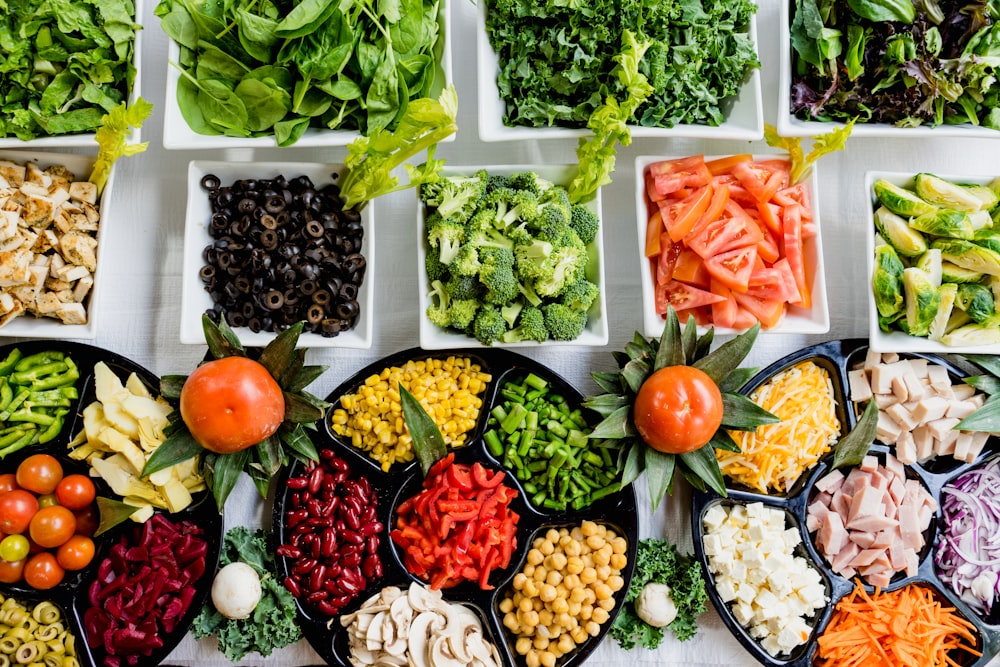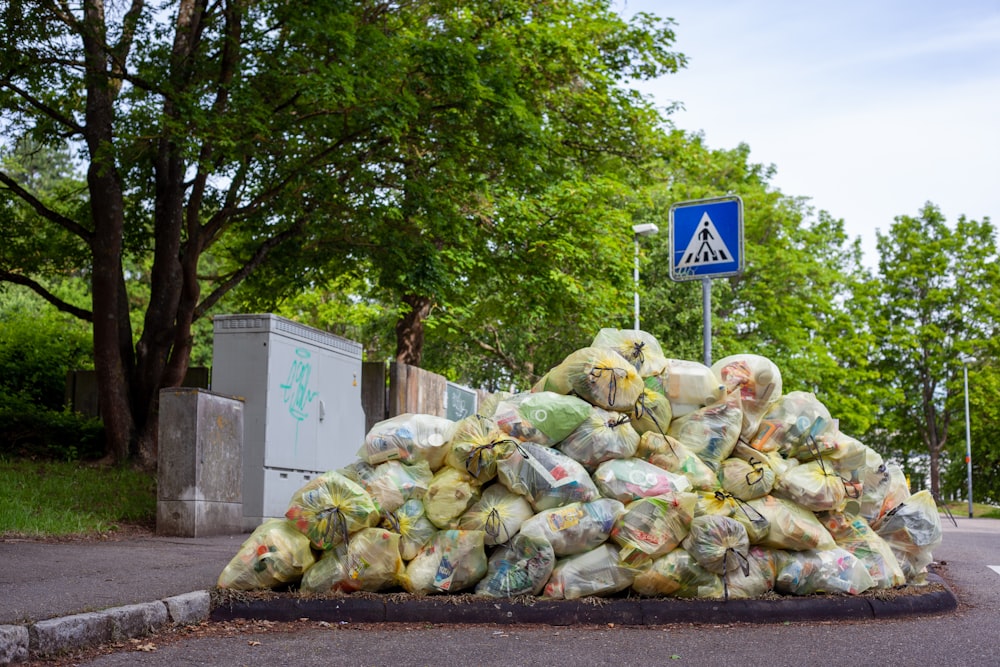“Cutting food waste is a delicious way of saving money, helping to feed the world and protect the planet” – Tristram Stuart

Food waste is a far-reaching issue with tremendous social, economic, and environmental impacts all around the world. Starvation kills nine million people each year, that is to say, more than AIDS, tuberculosis, and Covid-19 combined.
Today, around 25,000 people, including more than 10,000 children, have died from hunger. But at the same time, nearly one-third of the food produced in the world is lost or wasted.
Food wastage can be divided into two categories: food loss and food waste. Food loss typically refers to food produced for human consumption and lost in earlier stages of the production phase such as harvesting, processing, storage, packaging, and transportation. Food items that are fit for human consumption but discarded are considered wasted. For example, throwing away unused food is called food waste. It occurs in the latter half of the supply chain with consumers, distributors, retailers, restaurants, and food providers.

Food waste or loss concern all stages and actors of the food consumption chain. Food is wasted or lost for diverse reasons, ranging from crops that never get harvested, poor storage facilities causing post-harvest food losses to food left on overfilled plates or stale bread.
Every year, 45% of all fruit and vegetables, 30% of all cereals, and 20% of all meat and poultry are lost or wasted.
According to the Food and Agriculture Organization (FAO), developed nations and low-wage nations discard similar amounts of food. However, food loss occurs at different stages in the supply chain: in industrialized countries, food is mostly wasted at the consumption stage, whereas in low-income countries, loss occurs more often in the earlier stages, during production, primarily because of poor infrastructure, insufficient cold storage and low levels of technology in the production systems.
In developed countries, consumer behavior is responsible for most of the food waste to a great extent. In Europe, it is estimated that date labels are responsible for 10% of the 88 million tons of food wasted across the value chain. Many consumers misinterpret “use by”, “sell by”, and “best before” labels, leading them to needlessly discard edible and unspoiled food. Then, one research highlighted that over a third of the European Union’s total production of fruits and vegetables are lost for aesthetic reasons. Many fruits and vegetables are classified as marketable based on qualities such as size, shape, texture, and ripeness. The demand for perfect-looking fruits and vegetables from consumers creates huge losses in healthy and delicious foods.

In the hospitality industry and food service sector, more than one-third of the food purchased as stock for restaurants, cafes, and foodservice businesses and half of the food displayed in hotel buffets is going to waste.
Food waste has a much bigger impact on the environment than one might think. In 2007, a report conducted by the FAO estimated that the global carbon footprint of all wasted food represented about 7% of all global emissions.
The resources used for the production of food that is disposed of, such as land for planting, water, and fertilizers for nurturing the crops, and fuel for transport vehicles, are squandered too. Food waste and loss contribute to tremendous wastage of natural resources: it is estimated that 28% of the world’s arable land and three times the total volume of water held by Lake Geneva are used to produce food that will never be consumed. Over 70% of freshwater, one of the world’s most precious natural resources is used for agricultural purposes. For instance, the production of just one apple requires an average of 125 liters of water. These figures are very staggering when we know that one out of nine people does not have access to enough food in the world.

Minimizing food waste could mean saving agricultural land to grow food for those in need: cutting industrial food waste by 15% could generate enough food to feed 25 million people each year.
The carbon footprint of food waste is also generated by the food itself. Most food waste ends up in landfills where it rots, decomposes, and enters soil and air, severely damaging the environment. Through decomposition, perishable food waste produces greenhouse gases, such as methane, responsible for driving climate change. Methane is the second most damaging greenhouse gas produced by human activity.
If food loss and waste were a country, it would be the third-largest emitter of greenhouse gases in the world, right after China and the United States, as well as a significant contributor to global warming.
Tackling food waste is crucial to building a more sustainable future but also mitigating climate change and combating hunger. Efforts are already being made globally to tackle food waste. In 2016, France became the first country in the world to pass a law prohibiting supermarkets from throwing away or destroying unsold food products. On top of that, French supermarkets must donate their excess edible food items to food assistance organizations. As consumers, we can also prevent food waste by reinventing leftovers into other meals and freezing food. Everyone can help to make a difference.
Lucile Guéguen
Sources:
http://www.iccr.org/our-issues/food-safety-and-sustainability/food-waste
en.reset.org/knowledge/global-food-waste-and-its-environmental-impact-09122018
toogoodtogo.org/en/movement/politics/date-labeling-campaigns
fco.com/countries-with-the-least-and-most-food-waste/

Leave a comment